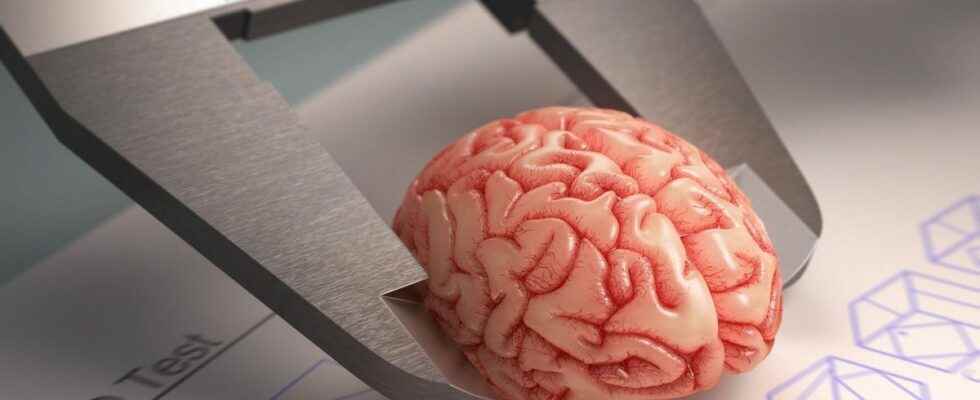Posted ,
Reading 2 mins.
British and American researchers have tried to define morphological standards of the brain, through neuroimaging. Their goal is to quantify the differences at the cerebral level in order to create a reference curve, like the height and weight curves.
A possible study thanks to neuroimaging
To carry out their project, which began a few years ago during a conference, the team of researcher and co-lead author of the study Richard Bethlehem, from the Research Center of the University of Cambridge in the UK has gathered medical data from nearly 124,000 brain MRI scans of nearly 101,457 people. This information came from 100 studies collected worldwide. Unexpected phenomenon, these images concerned all ages of life, from the fetal stage (about 3 and a half months of pregnancy) up to 100 years.
Through an exceptional analysis of imaging information, scientists have managed to create a curve of human brain growth over a lifetime. If the ambition to become the future reference curve for the brain is achieved, it may potentially be used by the various specialists in the medical sector as part of the medical follow-up of a patient, at any age of life. . They could refer to it to identify any brain abnormalities. Indeed, for the time being, no normalized curve exists for the development of the brain.
A real brain map
And the researchers managed, even if it is still at the experimental stage, to establish a cerebral curve according to the volume of the brain.
They found during about the middle of pregnancy, a notable increase in the volume of gray matter, which reaches its peak around the age of six. Then, it decreases very gradually until losing about 20% at the end of life. As a reminder, gray matter contains nerve cells called neurons. At the time of adolescence, around the age of 14 and a half, it is the volume of gray matter under the cortex that reaches its maximum level.
In addition, the analyzes and results, published in the medical journal Nature, demonstrate that the amount of white matter is at its peak around the age of 29. Its volume also gradually declines, but this slow decline accelerates after 50 years. White matter allows neuronal connection and transmission of nerve messages.
Detect possible abnormalities of the brain
The work of the scientists could not only make it possible to have a cerebral curve of reference, but also to use this cerebral map in order to identify possible “atypia” of the brain. Indeed, it would seem that several pathologies have already been represented through the data of MRI images. Among them, “Alzheimer’s disease showed the biggest difference [le plus grand écart avec la courbe normale] localized to gray matter volume in biologically female patients”, note the authors of the study. Dementia disorders and schizophrenia also showed significant differences.
However, this study is still only at the preliminary stage and other, more in-depth analyzes are essential for the development of a usable cerebral curve.
